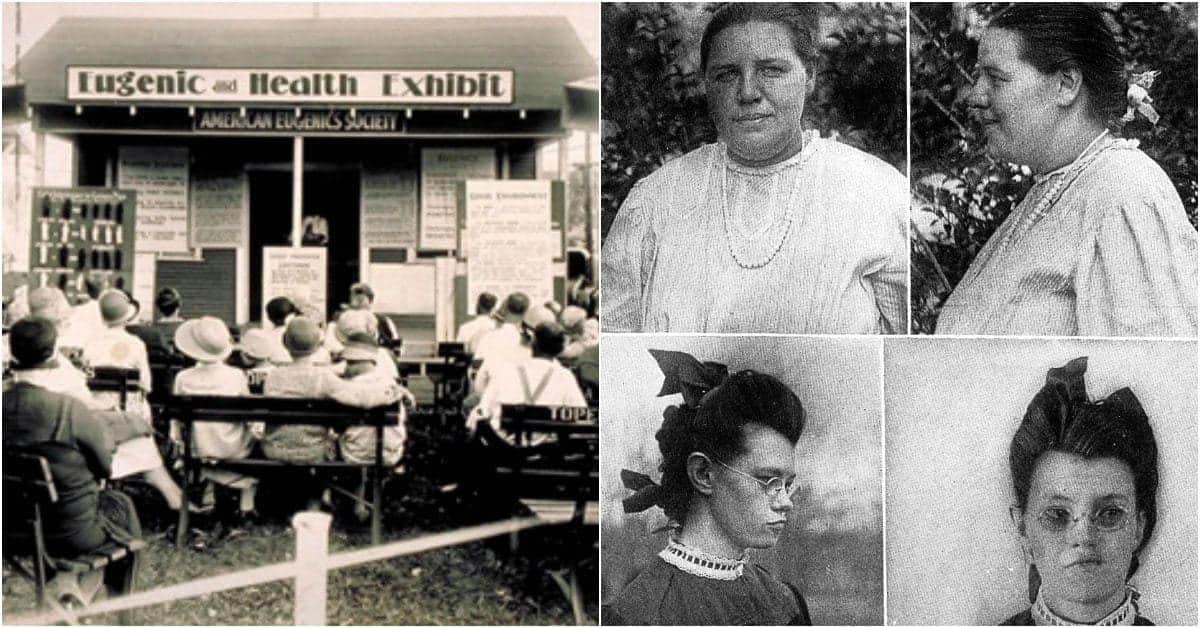Eugenics is a thought process that has been behind some of the greatest evil the world has ever known. The idea of purifying the gene pool of getting the best and brightest to move forward has been heralded by some as a modern equivalent of Darwinism. However, the truth is that it can become a brutal practice that robs the rights of many in order to force them to fit into what the few believe to be a perfect person. While the United States has always portrayed itself as a country that fought for individual rights and liberties, that did not always extend to those who were considered to be dim-witted or unintelligent.
The movement to sterilize the “feeble-minded” is linked to one particular court case in 1927. Carrie Buck was a woman that most would probably not look twice at. She had average features and was not born into the best of circumstances. She wasn’t overly bright but she wasn’t overly dumb either. She was somewhat feeble-minded but mostly just average in every way. In 1924, the Commonwealth of Virginia had jumped on the eugenics bandwagon and adopted a statute that required compulsory sterilization of the intellectually disabled.

It was on September 10, 1924, that Dr. Albert Sidney Priddy the superintendent of the Virginia State Colony for Epileptics and Feebleminded, filed a petition to have Carrie Buck sterilized. He petitioned the board on the grounds that the 18-year-old had a mental age of 9. Her mother was also a resident of the colony and was purported to have a mental age of 8. According to Dr. Priddy, Carrie’s mother, Emma, had a history of prostitution and immorality. Emma Buck was 52 and had three children with no real idea of who their fathers were.
Carrie Buck was the oldest of the three children and had been adopted out when it was decided that Emma was in no condition to care for her. Carrie attended school for five years and reached 6th grade. Her adopted family decided that she was “incorrigible” and washed their hands of Carrie when the girl found herself pregnant at 17. The family decided that they were no longer capable of caring for Carrie and had her committed to the State Colony for being “feeble-minded.” By some accounts, this story is one of a family just over their heads with a special needs child and doing what they saw best.
At least that was the narrative for a while and it was the narrative for those who wanted to have Carrie sterilized. But the story that eventually came to light was that Carrie’s pregnancy occurred not because of Carrie’s immorality, but because of someone else’s. In 1923 Carrie’s adoptive mother was away due to “illness” and Carrie was left behind. It was during her adoptive mother’s absence that Carrie’s adopted cousin (her adopted mother’s nephew) raped her. When the pregnancy was discovered, the family sought to protect their reputation and had Carrie committed.

